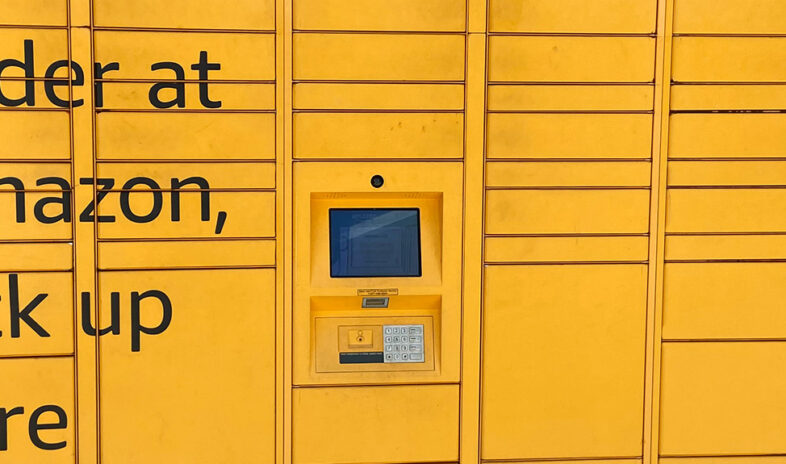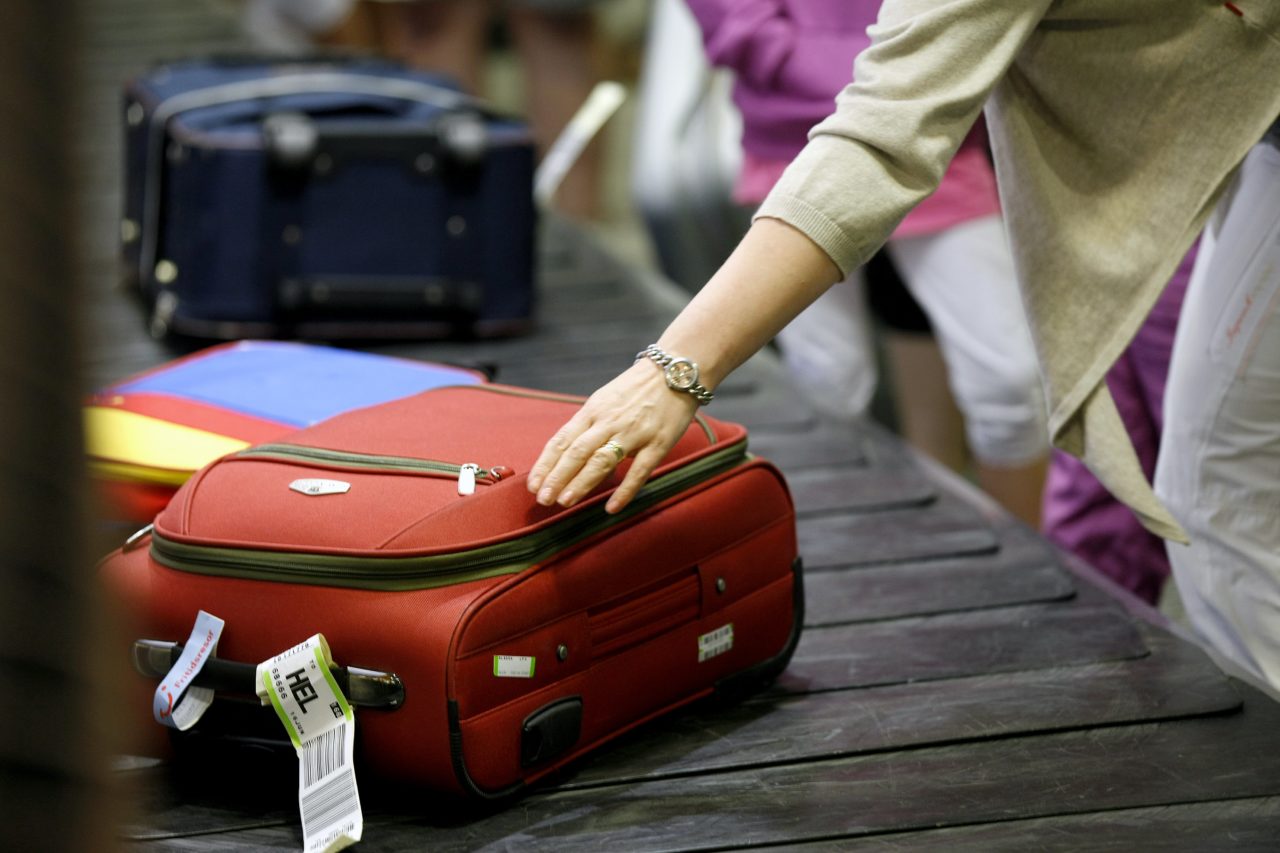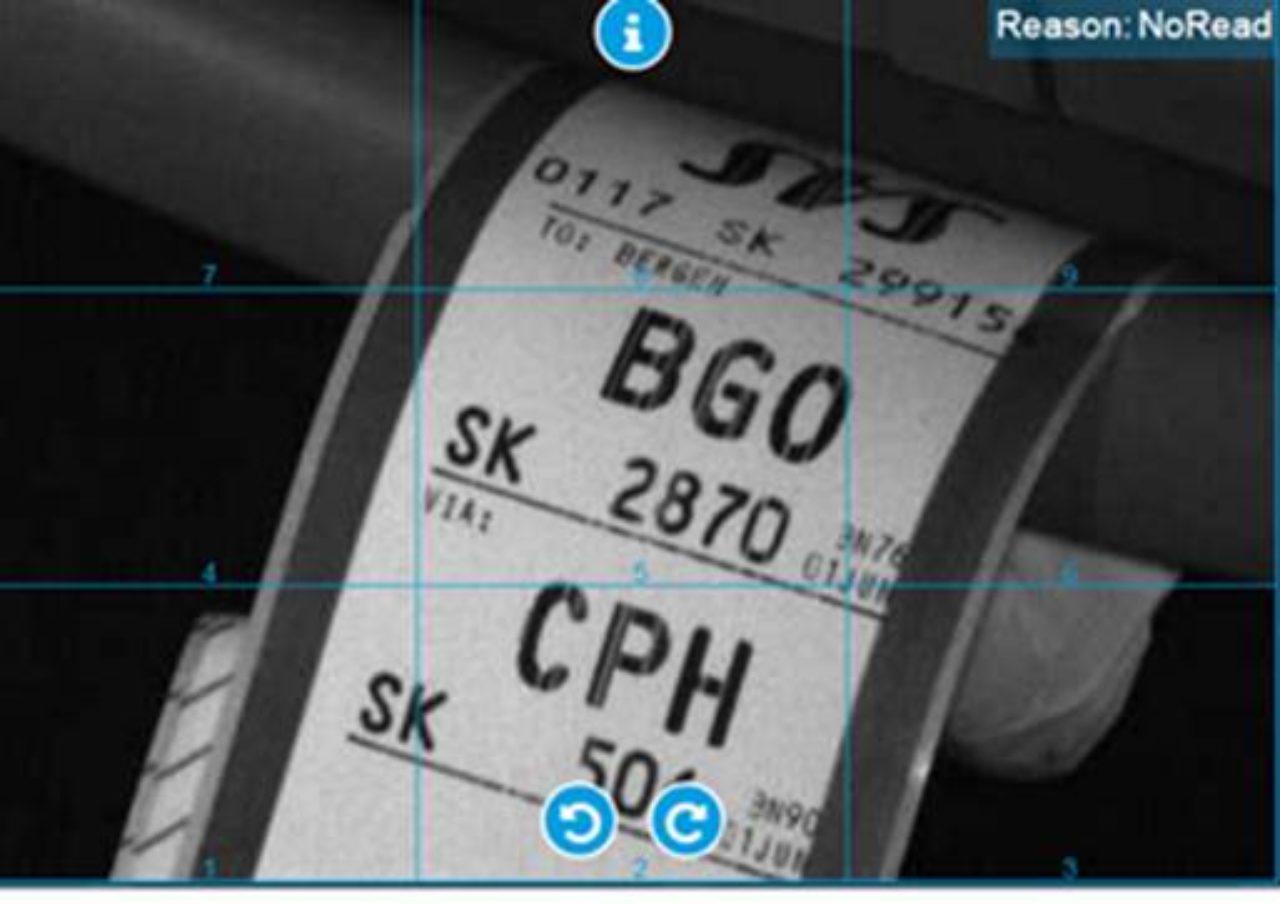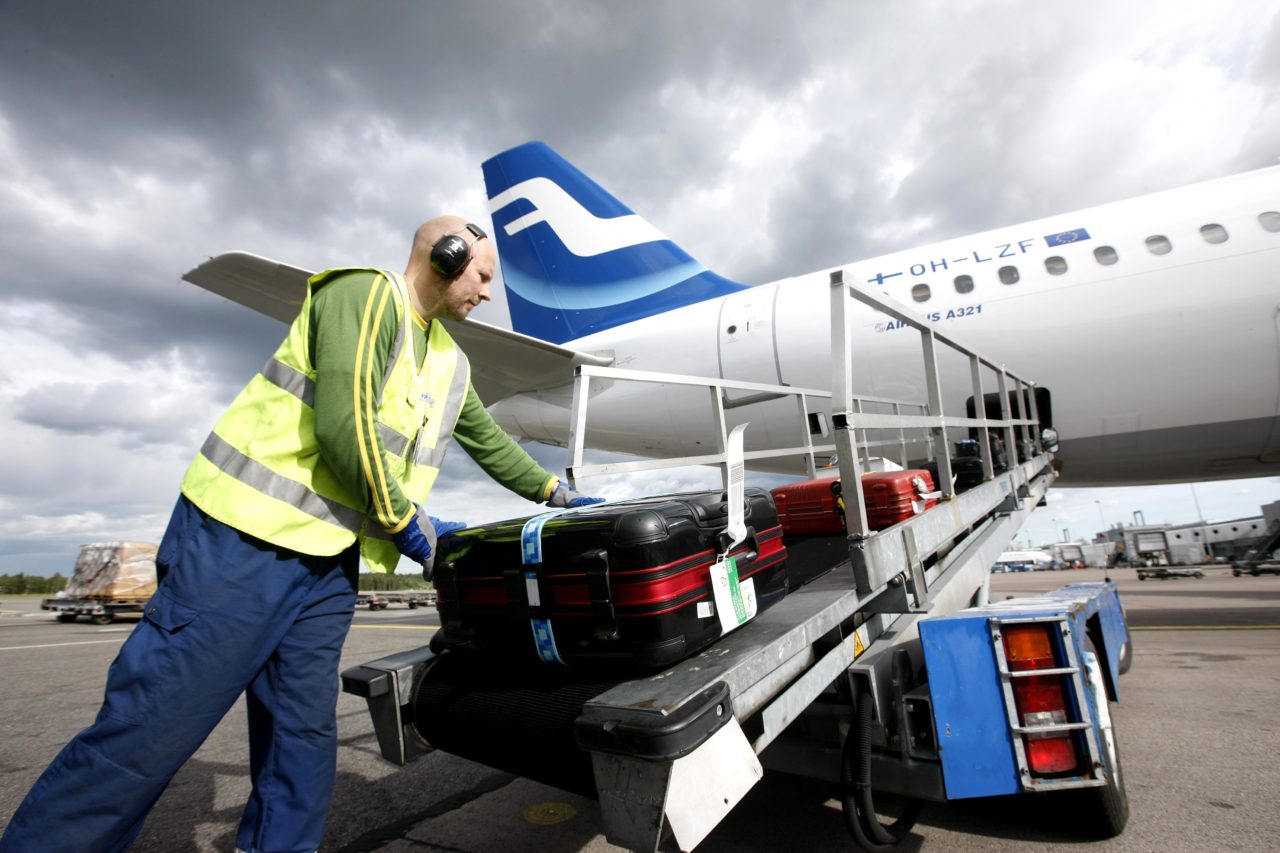When it comes to baggage handling, the most significant future enhancements to airport baggage handling systems (BHS) will almost certainly come from the more widespread implementation of artificial intelligence (AI).
In recent years, artificial intelligence in airports and airport baggage handling has grown in popularity, with a spectrum of tasks ranging from advanced computer vision to complicated data analytics.
AI in baggage handling improves security, passenger services and results in less misplaced luggage, making travel easier for passengers, airlines, and airports.
AI is a BHS game changer
Beumer data specialist, Per Engelbrechtsen says that the use of artificial intelligence in airports and baggage handling systems is fast becoming a game changer for the industry.
“When looking at BHS charts and graphs, the system will automatically provide the user with a recommendation to which decision to make,” Engelbrechtsen told Airports International. “With the quality of data improving all the time, the capabilities for optimising operations will keep improving.”
Marlon van der Meer, founder of BagsID, a Dutch firm employing AI BHS, says automation and machine learning can help track bags from the passenger’s home to the airport apron.
BagsID employs an algorithm to categorise baggage and match it to a registered image set in a library, returning origin, kind, colour, IATA classification, manufacturer, and measurements. BagsID can recognise and identify damaged or altered items and learn from fresh data.
“It’s fascinating how much energy and money is put into what the industry calls seamless journeys,” van der Meer told Airports International. “But what’s seamless about the journey if we still have a prehistoric baggage handling method, meaning you only put a tag on it?”







